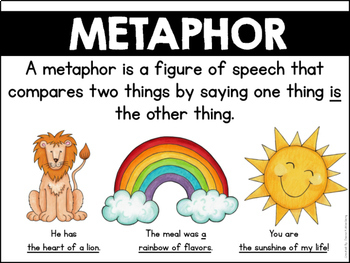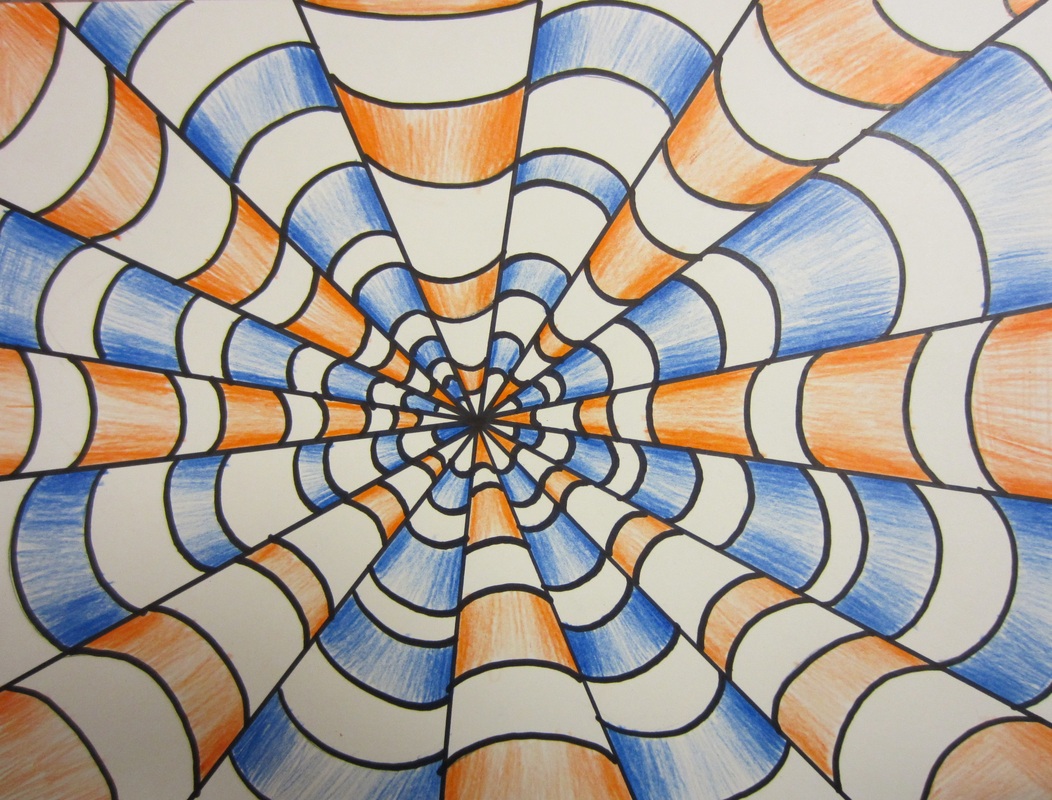Wow! Week 9, folks! Wild.
Weekly Assignments Chart – June 1-5
We will begin the blended program of in-class and online learning this week. I will be working with some students in-person throughout the week, and so will be unable to host our class meetings on Mondays. I will not be able to make phone calls either. However, Wednesdays will be “online learning” days, and so I will aim to still run Wednesday class meetings, and will be able to respond to emails more quickly then too. If you are learning from home, your expectations will not change – you will still have access to the assignments on Teams, information on our class website, and the Weekly Assignments Chart.
For those students attending school in-person this week, please bring:
- your pencil case, with pencil, eraser, colouring supplies, and ruler, if possible
- your Math Makes Sense textbook
- your paper work booklets (for fractions and your Front Desk novel study booklet, if you still have them – I will have extras printed in case you have lost them)
- a binder
- a full water bottle (water fountains and bottle filling stations will NOT be available)
- a lunch
I am very excited to see you!
Please click here for this week’s Weekly Assignments Chart – June 1-5
Math:


<– Look like this guy! Bake some cookies!! Call it math! Unfortunately, we will not be able to bake at school, so the baking is an at-home activity only. However, we can prepare to bake by assessing the recipe, and converting the fractions and/or mixed numbers. Find the recipe in the assignment on Teams, as well as a chart to keep track of the fractions.

Math 9.5: birch bark biting
Check out one or both of the videos below about birch bark biting. What math do you see happening in the video(s)? (There is no one right answer here!)
Birch bark biting is a traditional art of the Mi’kmaq, Ojibwe, Cree peoples, and other indigenous nations for thousands of years. It s done by using the thin, papery bark of the birch tree, folding it, and biting it to create intricate and completely unique patterns. Birch bark biters create incredible works of art, that also feature many mathematical aspects. What do you notice when you look at this art?
 Literacy: Please listen to Front Desk Chapters 36-39 (Literacy 9.1), Chapters 40-43 (Literacy 9.2), and Chapters 44-47 (Literacy 9.3). For each section of chapters, please respond in simple sentences to the comprehension questions on Teams. Find the links to the recordings posted in the assignments on Teams or on this website’s Front Desk Chapters page:
Literacy: Please listen to Front Desk Chapters 36-39 (Literacy 9.1), Chapters 40-43 (Literacy 9.2), and Chapters 44-47 (Literacy 9.3). For each section of chapters, please respond in simple sentences to the comprehension questions on Teams. Find the links to the recordings posted in the assignments on Teams or on this website’s Front Desk Chapters page:
 Literacy 9.4: A metaphor is a figure of speech that describes an object or action in a way that isn’t literally true, but helps explain an idea or make a comparison.
Literacy 9.4: A metaphor is a figure of speech that describes an object or action in a way that isn’t literally true, but helps explain an idea or make a comparison.
Here are the basics:
- A metaphor states that one thing is another thing
- It equates those two things not because they actually are the same, but for the sake of comparison or symbolism
- If you take a metaphor literally, it will probably sound very strange (are there actually any sheep, black or otherwise, in your family?)
- Metaphors are used in poetry, literature, and anytime someone wants to add some color to their language
- *Information taken from grammarly.com
Front Desk is full of literary devices like similes and metaphors. For Literacy 9.4, dissect the metaphors to note what the author is comparing, and what the metaphor means (figurative meaning).
For Literacy 9.5, consider the setting of Front Desk. Remember that setting is the particular time and place of a story, the where and when.
Complete the Setting page in your paper Novel Study booklet (page 4) or directly in the assignment on Teams.
Phys Ed 9.2: If you have sidewalk chalk at home make the most elaborate hopscotch track you’ve ever seen. See the examples below to know what I mean by elaborate!

Social Studies 9.2: If you chose BC as the province to study last week, you will know that coniferous forests are one of BC’s largest resources. BC has a very large lumber industry. (Read about it here: https://www.thecanadianencyclopedia.ca/en/article/natural-resources-in-british-columbia) Watch the videos below, then answer any three of the questions in the assignment on Teams.
Video: Video: Plan to allow logging of old growth forests draws criticism
Video: Everything Is One:
Video: Old Growth Forests vs. Second-Growth Plantations:
Science 9.4: Update your observations for Earth Materials and Seeds experiment (started last week) on Teams. What do you notice (observe)? What is the answer to your question? Was your prediction correct? What do you conclude from the results?





 Science 9.5: Erosion experiment. What impact do forests have on soil and landscape? This experiment will help show us.
Science 9.5: Erosion experiment. What impact do forests have on soil and landscape? This experiment will help show us. 
For the Science 9.5 experiment, Brora helped me prepare three containers (empty 2 litre bottles) with three soils: the first has potting soil only, the second has layers of garden soil (more mulch) and potting soil, and the third has layers of garden and potting soils as well as four kale plants. The kale plants are meant to represent forested areas, with the roots of the kale (“trees”) weaving into the soil. What do you think will happen when we pour water into the containers? Will water come out of the bottle spouts? How much? Will the water be dirty? Will soil spill out? (What do YOU wonder?)
Plan:
- Prepare the containers of soil and kale plants.
- Pour water over the soil of all of three containers.
- Observe how much water leaves the bottles through the spout.
- Record results.
Join in on Wednesday’s class meeting to see the results of the experiment!
Art 9.1: One-point perspective of your garden or dream house (from Math last week)!
Watch the video below to learn about one-point perspective before trying it out yourself. Try turning a room from your dream house design, or your garden design into a one-point perspective illustration.
Here is my example of one-point perspective, following my house design from last week:
 ADST 9.2: Make your own board game! See this Instructables link for inspiration: https://www.instructables.com/id/Build-your-Own-Board-Game/
ADST 9.2: Make your own board game! See this Instructables link for inspiration: https://www.instructables.com/id/Build-your-Own-Board-Game/
ART 9.3: Optical illusion
After learning about one-point perspective for Art 9.1, try it again with an optical illusion. Pick one point on a piece of paper to be the focal point, and then draw straight lines away from that point. Draw squiggly (or straight) lines in between each of the lines going away from the point, and fill them in with different colours.


Art 9.4: Paper fold fractions
Fold a piece of paper in even sections, fold it again, in even sections. Fold it as many times as you like, in even sections. You’ve now made it into fractions. Colour 1/4 of the sections red, 1/4 of the sections yellow, and 1/2 of the sections blue, in whatever pattern you like.
 Mystery Message: Create your OWN Mystery Message this week, and send me a video! It can be in ASL, French, or another language.
Mystery Message: Create your OWN Mystery Message this week, and send me a video! It can be in ASL, French, or another language.